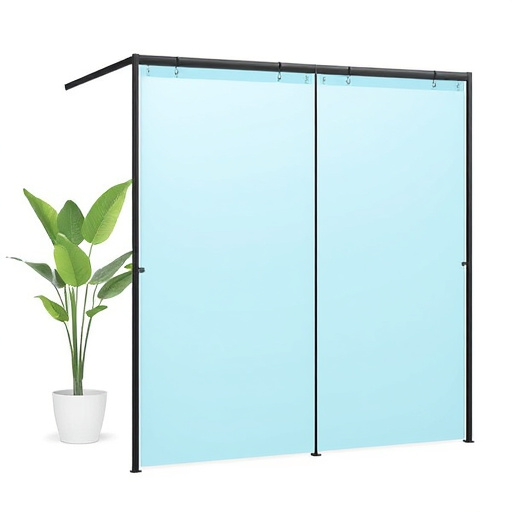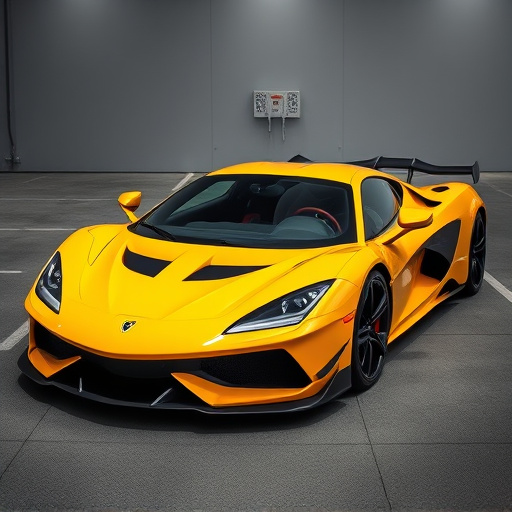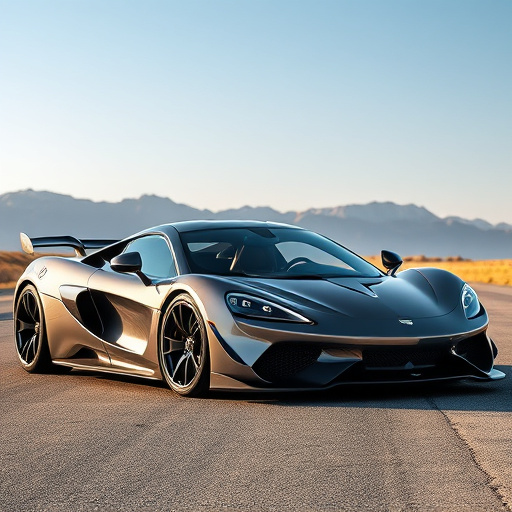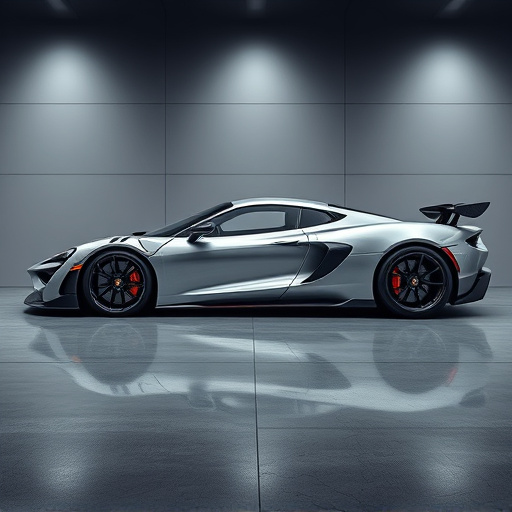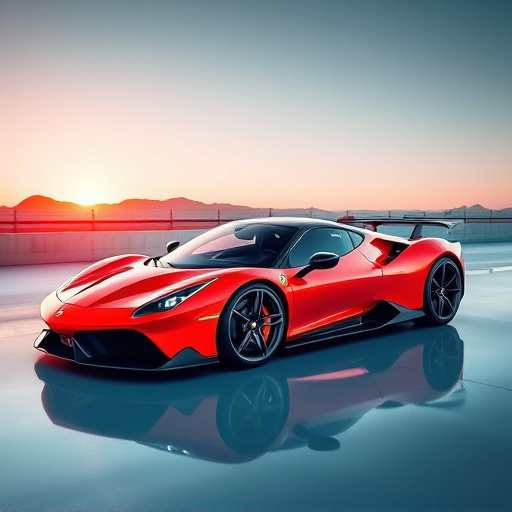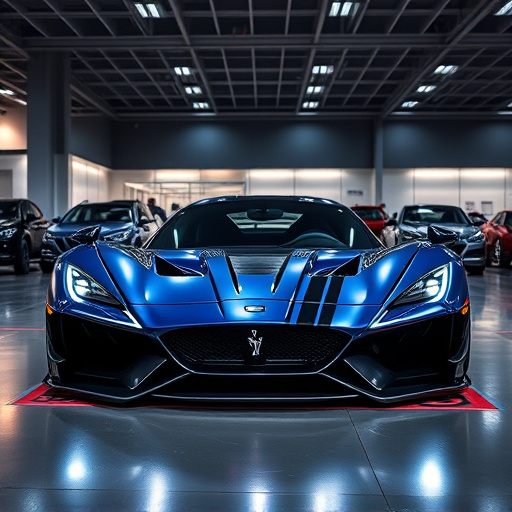Supercharger compatible intakes, designed for high-performance vehicles with forced-induction systems, enhance airflow and air distribution, leading to improved engine response, horsepower, torque, and acceleration. These intakes integrate seamlessly with superchargers, maintaining fuel efficiency and reliability. Key components include a compressor, intake manifold, and sensors, resulting in boosted performance, making them popular among enthusiasts and manufacturers. Selection requires considering specific engine needs, compatibility with supercharger or turbo setups, and utilizing lightweight materials for optimal airflow and minimal backpressure.
Discover the power of forced induction intake designs, a game-changer for automotive enthusiasts seeking peak performance. This article explores the intricate world of supercharger compatible intakes, shedding light on their unique components and undeniable advantages. From enhancing engine power to improving fuel efficiency, forced-induction systems are transforming vehicles into high-performance machines. Learn how the right design can unlock optimal performance, offering a tailored experience for every driver. Uncover the secrets to achieving exceptional speed and responsiveness with supercharger compatible intakes.
- Understanding Supercharger Compatible Intakes
- Components and Advantages of Forced-Induction Systems
- Choosing the Right Design for Optimal Performance
Understanding Supercharger Compatible Intakes

Supercharger compatible intakes are designed specifically for vehicles equipped with superchargers, which are powerful forced-induction systems that boost engine performance. These intakes play a crucial role in optimizing air flow to the engine, ensuring that the added power from the supercharger is delivered efficiently. Key features of supercharger compatible intakes include enhanced airflow capabilities, optimized velocity, and precise air distribution, all tailored to withstand the higher pressures generated by forced-induction systems.
By integrating seamlessly with superchargers, these intake designs offer improved engine response, increased horsepower, and better torque output. They are engineered to resist high-pressure air streaming, minimizing turbulence and maximizing compression ratios, which are essential for achieving peak performance in supercharged engines. This ensures that the vehicle not only performs better but also maintains fuel efficiency and reliability under demanding driving conditions.
Components and Advantages of Forced-Induction Systems
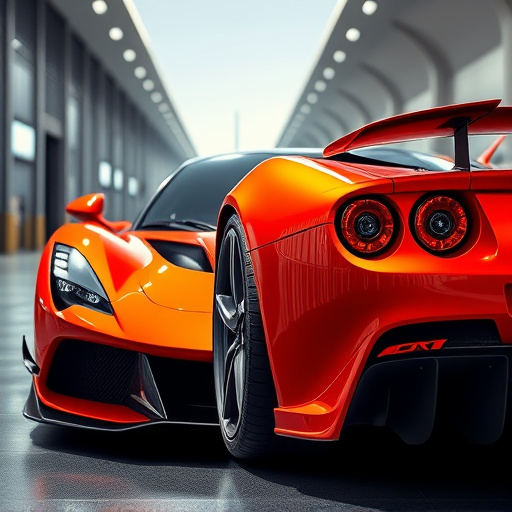
Forced-induction systems, such as supercharger compatible intakes, are designed to enhance engine performance by forcing more air into the combustion chamber. These systems consist of several key components: a compressor, an intake manifold, and various sensors and controls. The compressor, often driven by the engine’s crankshaft or an electric motor, increases the pressure and density of the incoming air, providing a richer fuel mixture for improved power output and efficiency.
The advantages of forced-induction systems are numerous. They offer increased horsepower and torque, resulting in better acceleration and top speed. Supercharger compatible intakes, in particular, can provide immediate responsiveness and a smoother power delivery, making them popular choices among enthusiasts and performance vehicle manufacturers. Additionally, these systems can improve fuel economy in some cases, thanks to more efficient combustion and better air-fuel mixing.
Choosing the Right Design for Optimal Performance

Selecting the appropriate forced-induction intake design is paramount for achieving optimal performance in vehicles equipped with superchargers or turbos. The right choice can significantly enhance engine power and torque, resulting in improved acceleration and overall driving dynamics. Key factors to consider include the specific requirements of the vehicle’s engine, such as airflow needs, pressure differentials, and compatibility with the supercharger or turbo setup.
For instance, a supercharger compatible intake system should be designed to handle high-pressure air efficiently while ensuring minimal backpressure. This often involves using lightweight materials like carbon fiber or aluminum for the intake manifold and air inlet components. Additionally, carefully engineered turbulence controllers and velocity stacks can optimize air flow, promoting efficient combustion and maximizing the potential of the forced-induction system.
Forced-induction systems, particularly supercharger compatible intakes, offer a powerful way to enhance engine performance. By understanding the components and advantages of these systems, car enthusiasts can make informed decisions when choosing the right design for their vehicles. Optimizing intake designs ensures better airflow, increased power output, and a smoother driving experience. Whether it’s for off-road adventures or on-track performances, investing in supercharger compatible intakes is a game-changer for any automotive enthusiast seeking to unlock their vehicle’s full potential.
